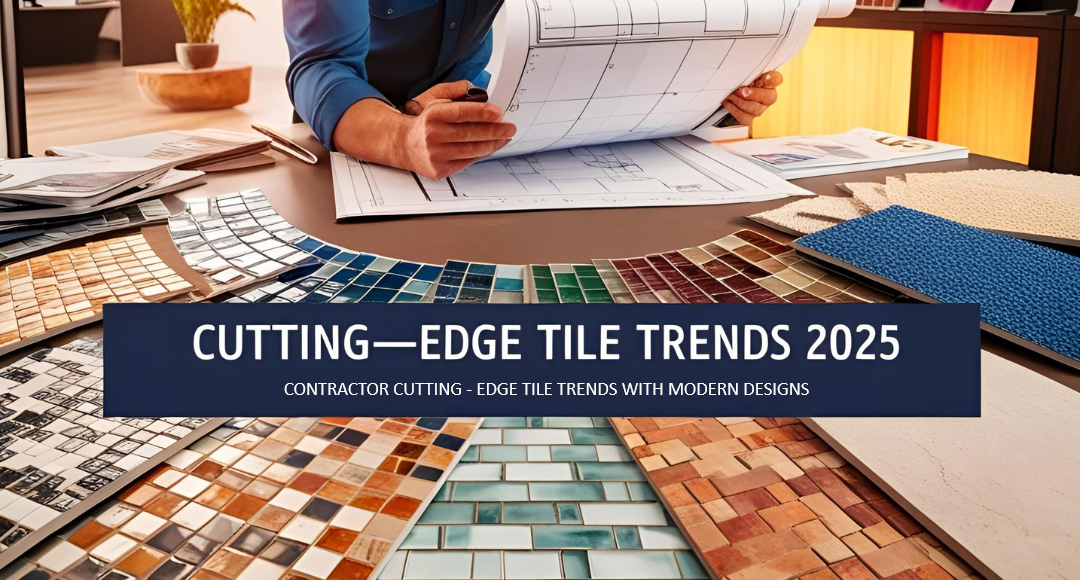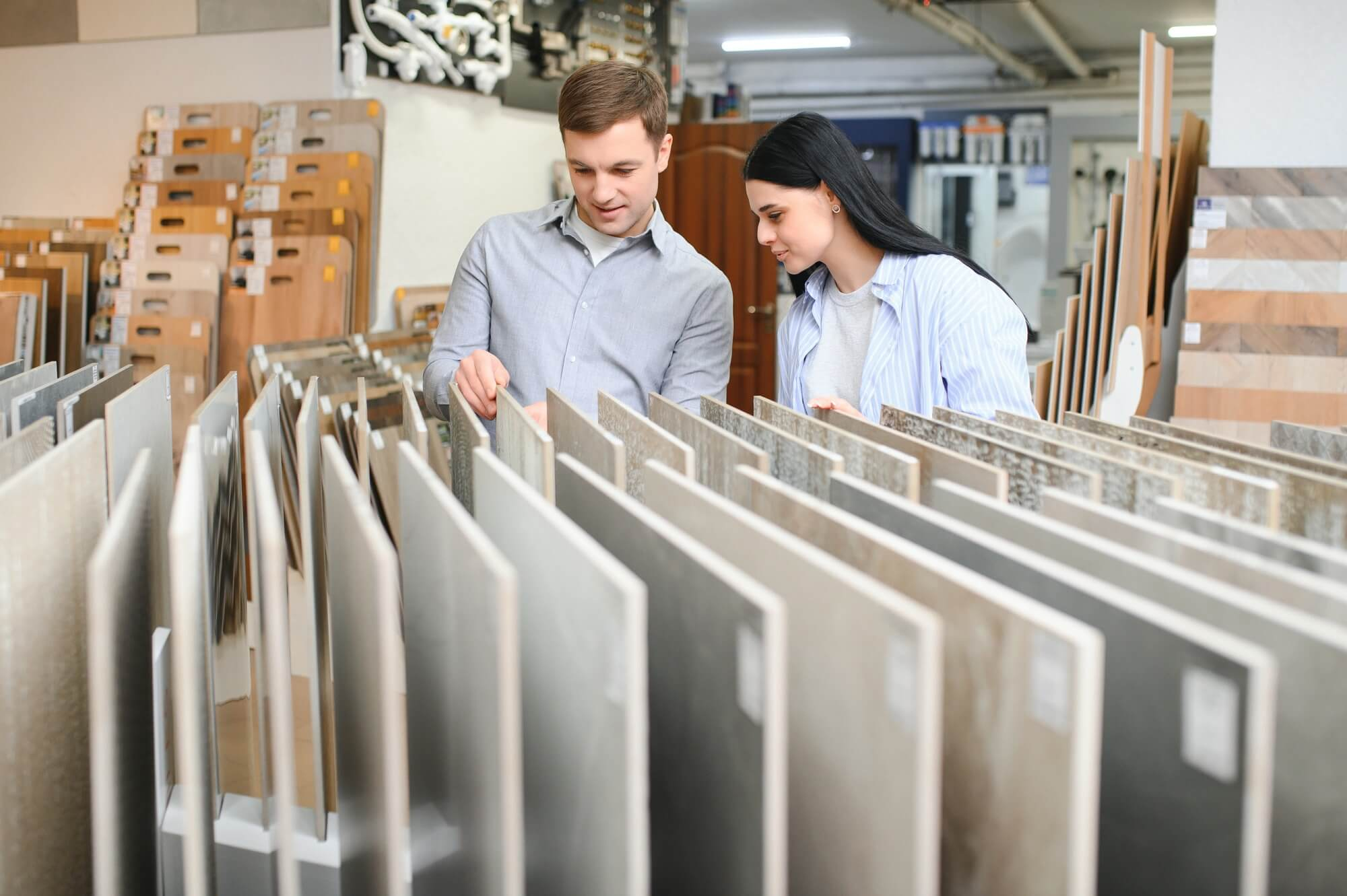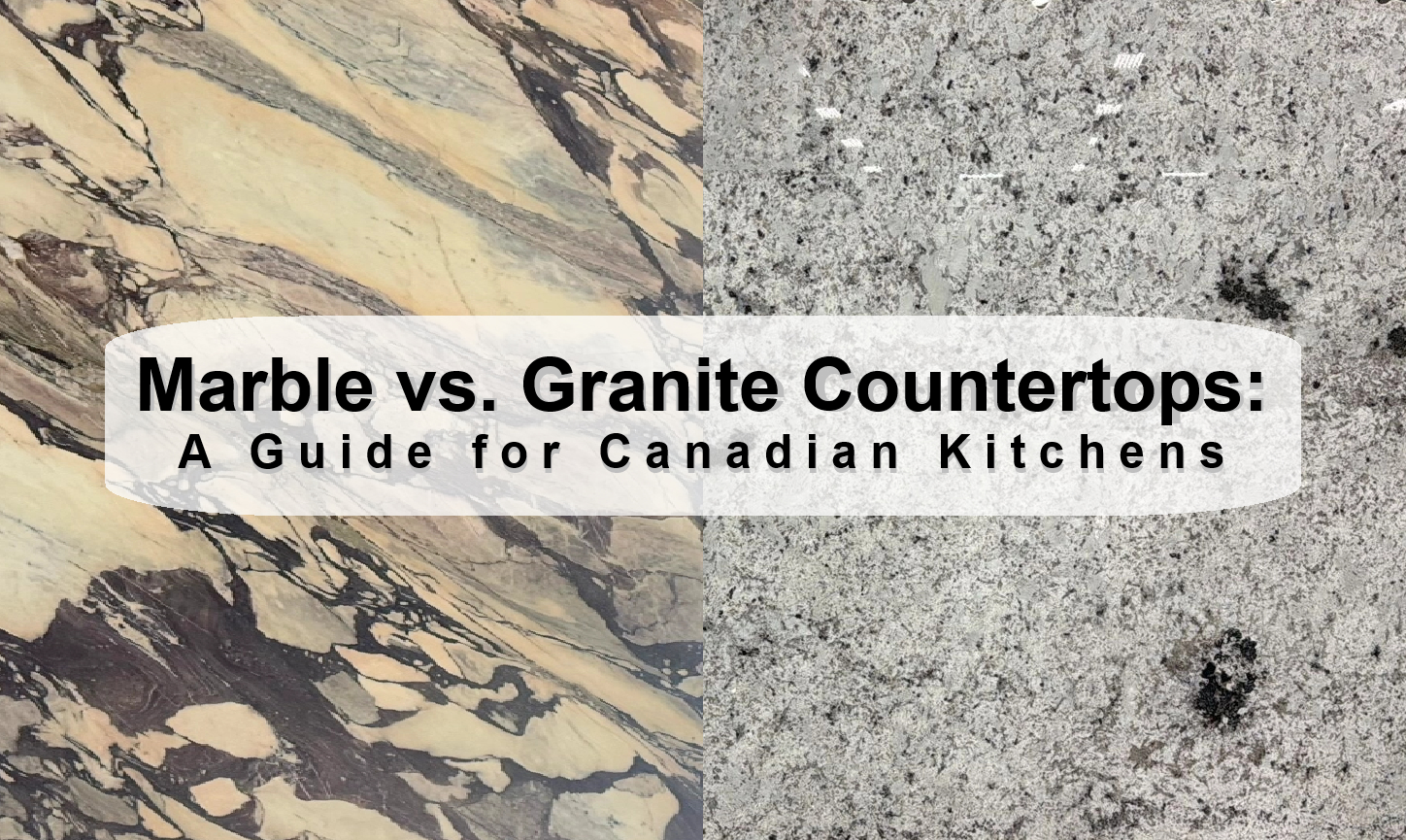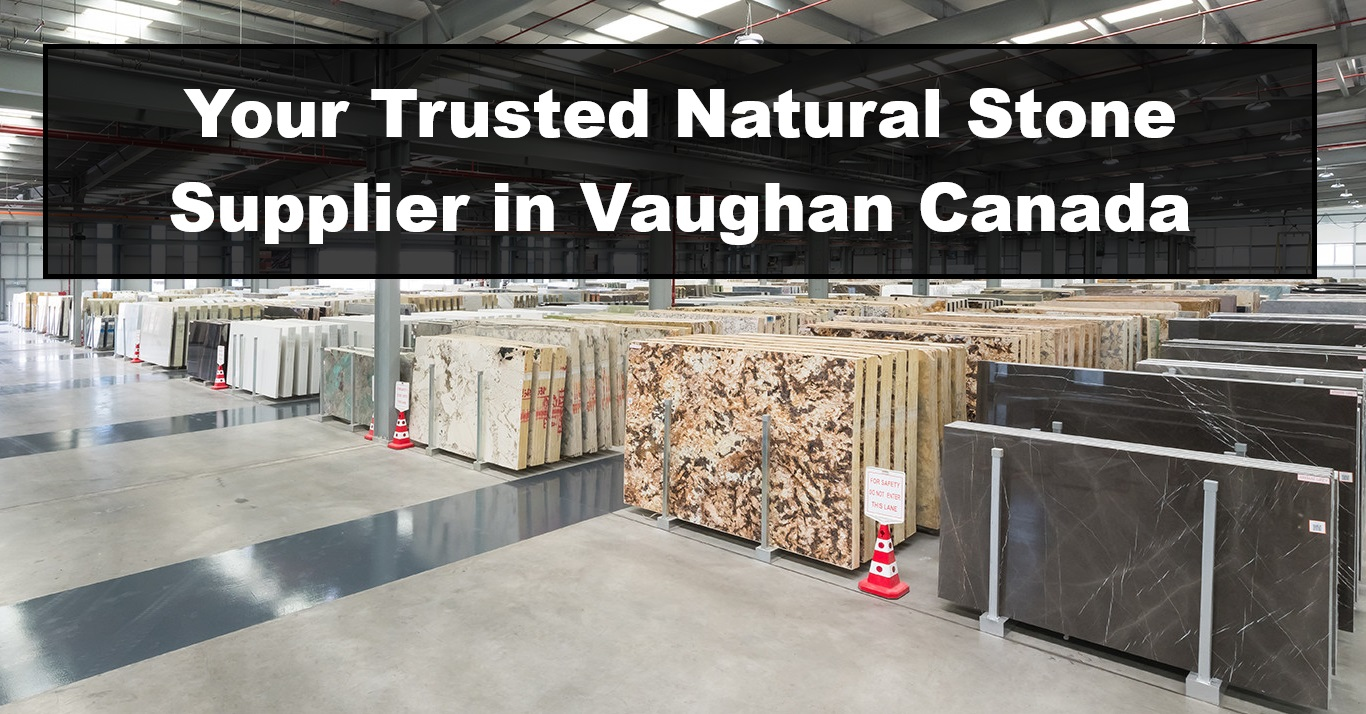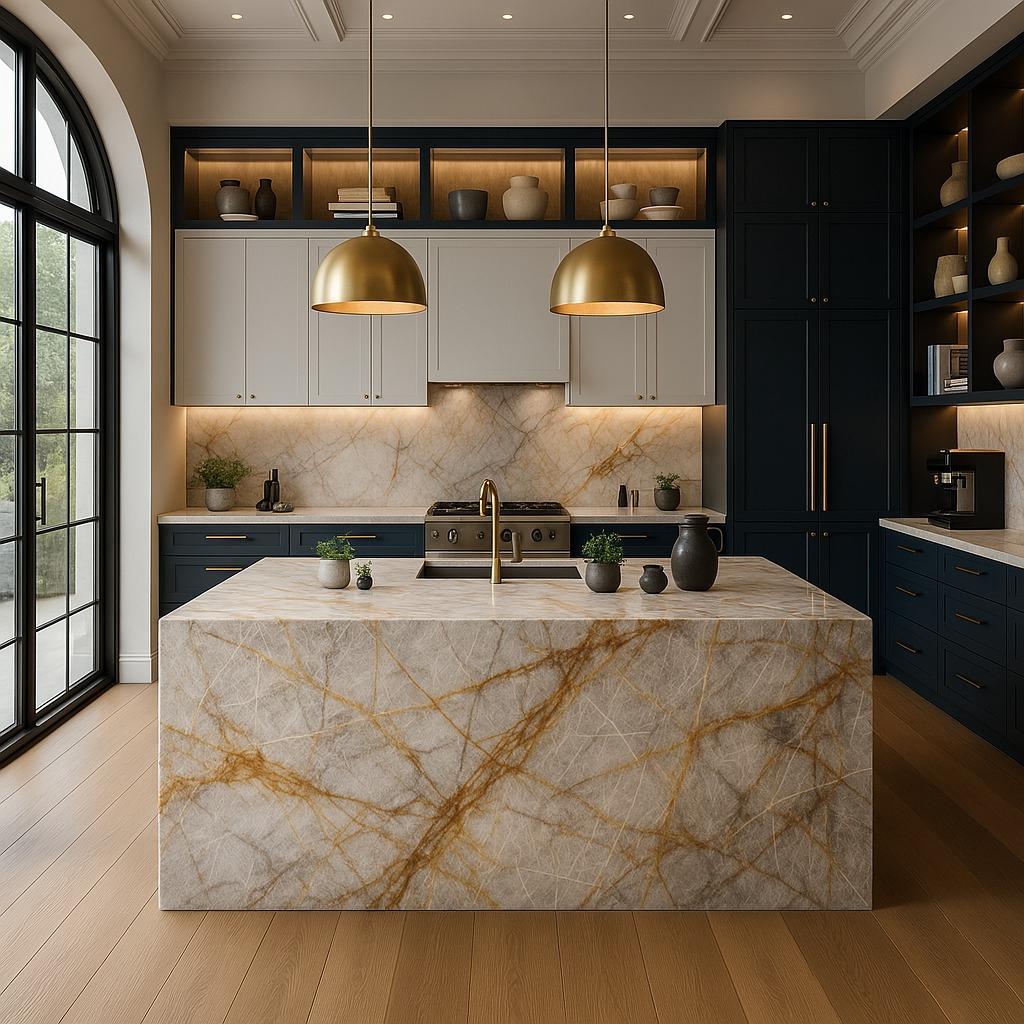As we step into 2025, tile design and materials are evolving rapidly, offering new possibilities for homeowners, designers, and contractors. With a focus on sustainability, durability, and aesthetics, the latest trends reflect a blend of innovation and timeless appeal. This article provides an in-depth look at the tile trends shaping 2025 from a contractor’s perspective, helping industry professionals and homeowners make informed decisions.
1. Sustainable and Eco-Friendly Tiles
Recycled and Upcycled Materials
With growing environmental concerns, more manufacturers are producing tiles made from recycled glass, ceramic, and even plastic. These eco-conscious options not only reduce waste but also provide unique textures and color variations.
Energy-Efficient Manufacturing
New kiln technologies and low-emission production methods are making tile manufacturing more sustainable. Brands are prioritizing energy-efficient production while maintaining high-quality standards.
Natural and Biodegradable Materials
Clay and terracotta tiles are making a strong comeback due to their organic appeal and eco-friendly properties. These materials age beautifully, offering longevity with minimal environmental impact.
2. Large-Format and Slab Tiles
Expanding Visual Space
Contractors are increasingly recommending large-format tiles for their ability to create seamless designs with fewer grout lines. This trend is particularly popular for open-concept spaces and modern interiors.
Ultra-Thin and Lightweight Options
Advancements in tile technology have led to ultra-thin porcelain slabs that are easier to install and transport. These are ideal for wall cladding, kitchen backsplashes, and shower surrounds.
Continuous and Seamless Designs
Book-matched marble slabs and large-format concrete tiles offer uninterrupted patterns, creating luxurious and high-end aesthetics.
3. Bold and Textured Surfaces
3D Tiles and Embossed Patterns
Raised surfaces and embossed tiles are becoming popular choices for feature walls, adding depth and texture to residential and commercial spaces.
Handcrafted and Artisan Styles
The rise of handmade, imperfect tiles brings warmth and character, offering a counterpoint to the sterile, uniform look of mass-produced tiles.
Geometric and Abstract Designs
Hexagons, chevrons, and asymmetrical patterns are gaining traction, adding visual interest and artistic flair to both floors and walls.
4. High-Tech and Smart Tiles
Self-Cleaning and Antibacterial Tiles
With health and hygiene becoming a priority, self-cleaning and antibacterial tiles infused with silver ions or titanium dioxide are in high demand.
Radiant Heat-Enhancing Tiles
Porcelain and ceramic tiles designed to work with underfloor heating systems are improving energy efficiency and providing greater comfort.
Interactive LED and Digital Tiles
Innovative LED-embedded tiles that change colors or display digital images are being used in luxury homes and commercial spaces.
5. Nature-Inspired and Organic Finishes
Stone and Marble Replicas
Porcelain tiles mimicking natural stone, such as travertine and onyx, offer the beauty of natural materials with added durability and lower maintenance.
Wood-Look Tiles with Enhanced Textures
More realistic than ever, wood-look porcelain tiles feature enhanced grain details and matte finishes, making them a sustainable alternative to hardwood.
Terrazzo Revival
This timeless composite material is being reinvented with bold colors and oversized chips, offering a unique and modern aesthetic.
6. Color Trends: Earthy and Bold Hues
Neutral and Warm Tones
Beige, taupe, and warm greys continue to dominate, creating serene and inviting spaces.
Deep Blues and Greens
Inspired by nature, these hues bring a sense of tranquility and depth, ideal for bathrooms and kitchens.
Dramatic Black and Metallic Accents
Black tiles with matte or gloss finishes, combined with metallic inlays, add luxury and contrast to contemporary interiors.
7. Outdoor and Multi-Use Tiles
Porcelain Pavers and Weather-Resistant Tiles
With a surge in outdoor living spaces, porcelain pavers designed to withstand extreme weather conditions are gaining popularity.
Indoor-Outdoor Continuity
Designers and contractors are using the same tile inside and outside to create seamless transitions between spaces.
Slip-Resistant and Textured Surfaces
Safety remains a priority, leading to the rise of non-slip finishes for patios, pool areas, and high-traffic zones.
Final Thoughts: The Future of Tile Design in 2025
The tile trends of 2025 reflect a fusion of sustainability, technology, and aesthetics. From eco-friendly materials to high-tech innovations and bold designs, these trends cater to diverse tastes and functional needs. Contractors and designers should stay ahead of these shifts to provide clients with modern, durable, and stylish tile solutions. Whether you’re planning a small renovation or a large-scale project, these trends offer inspiration and practical benefits for the future of tile design.


